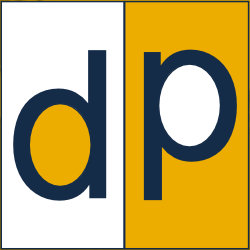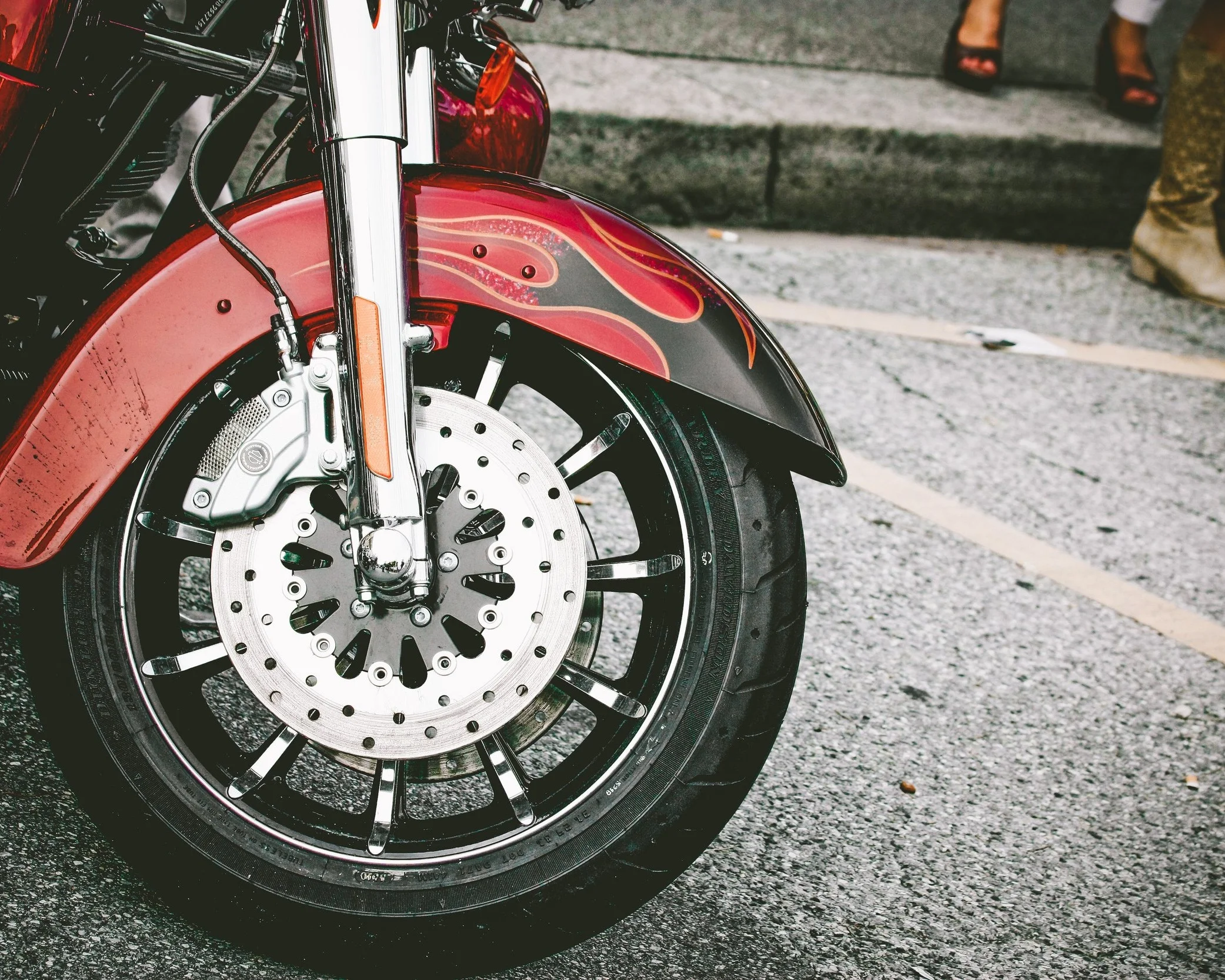Digital Patterning for Automotive Composite Products - Part I
Given the strength vs. weight benefits, the desire to use woven carbon fiber reinforced composite materials in automotive applications is on the rise. (High performance composite demand landscape - Freedonia Group)
But the high cost associated with most composite manufacturing methods can be prohibitive for anyone other than high-end sports car makers. Transitioning to a digital patterning approach is the best way to address this challenge.
Reducing Labor-Intensive Steps
The limitations when manufacturing with composite materials begin in the pre-production phase. This is where the 3-dimensional design information is translated into 2D pattern layup. Ensuring that the final pre-production documents accurately represent the intended design usually requires a significant amount of trial and error. Digital software tools automate most of these processes.
Defining the pieces.
This is the process of sub-dividing the design into the pieces that will comprise the actual composite material layup components.
Adding relief cuts and darts.
The precise locations and size of relief cuts and darts are critical in composite structures. These features help ensure the accurate contour and performance of the part. Too far apart and the material will not form properly. Too large and there may be gaps.
Piece creation tools allow users to break of the design model into the segments that will eventually make up the composite layup components.
Ideally, darts should close up in the mold with about a half-inch of overlap. This is called an overlapping splice, and is a compromise between consistent thickness and structural integrity. A thick spot which is less desirable is generated at the overlap. A simple butt splice is weaker and is only used in certain instances. All of these considerations can be planned and accounted for in the pattern making software.
Flattening the 3D Design pieces into 2D Pattern pieces
Converting the 3D design into 2D pattern pieces can be a tedious trial and error process when done manually. Digital Patterning software solutions like ExactFlat speed and simplify this task.
In the first step, the material type and properties are selected from the library or specified directly by the designer. The software uses this information to simulate the actual behavior of the material and to quickly produce accurate pattern pieces.
The next step in this portion of the process is to review the pieces for strain and sag. The understanding gained at this step is a critical time saver. Areas showing strain will fray the material or not form at all. While areas of sag will create folds or bulges in the material. Working seamlessly between the 3D model and the 2D pattern pieces, designers use this insight to edit the location of relief cuts and darts in the design.
Digital Patterning can reduce the time it takes to create the pattern pieces used in the layup to just a few minutes. In our next article we’ll review the other pre-production advantages of digital patterning. To learn more click on the link below and ask to speak with one of our experts.










